#African American empowerment
Text
Welcome to the Yusef Bey Project, where we are dedicated to empowering youth through education and community development. Our project is named after Yusef Bey, a visionary leader who was passionate about creating opportunities for young people to succeed.
#Yusuf Bey#Black Muslim leader#Oakland history#Civil rights movement#African American empowerment#Community activism#Political activism#Social justice#Education reform#and Racial equality.
2 notes
·
View notes
Text

#black history month#black excellence#african american history#black heritage#celebrating black history#black culture#black leaders#civil rights#black achievements#black pride#historical legends#black lives matter#black empowerment#black history 365#trailblazers#black history facts#our history#black history celebration#empowering black voices.#021224
418 notes
·
View notes
Text

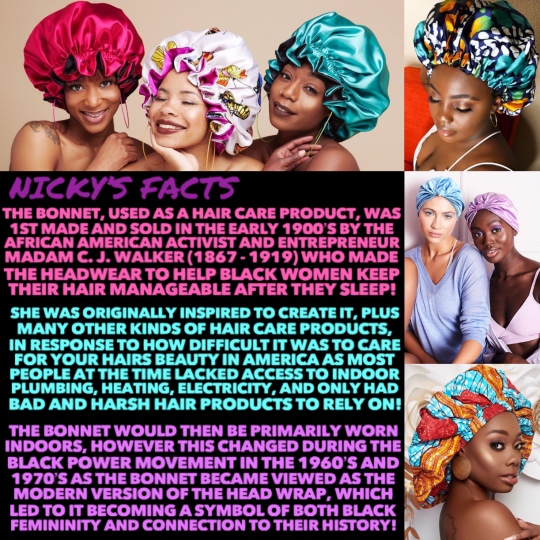
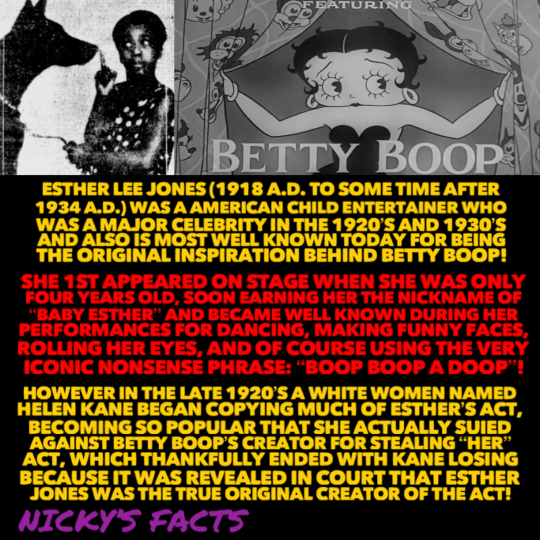

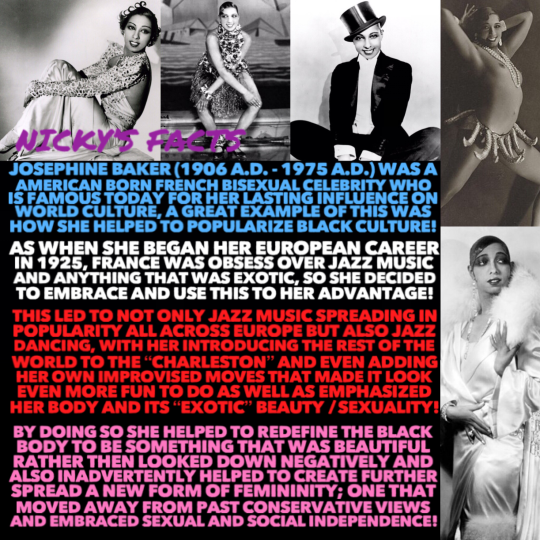
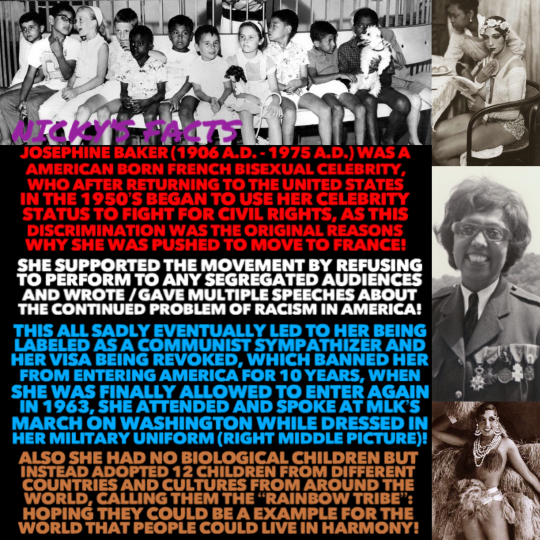


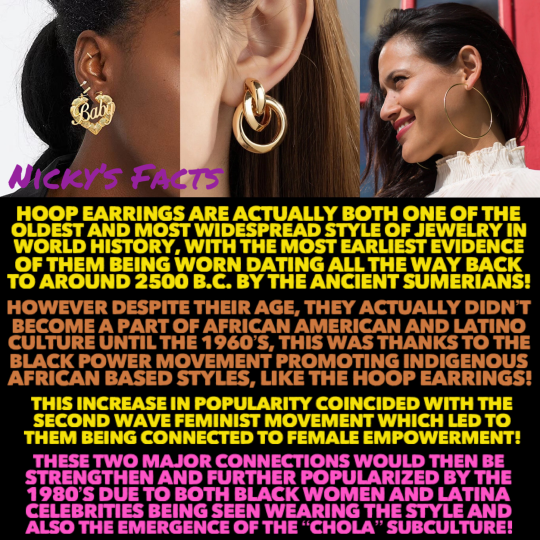

Happy Juneteenth!🤎
In celebration here are a collection of history facts on African American Women and their part in American history that sadly tends to be overlooked!
🤎💜🤎
#history#juneteenth#freedom day#black girl magic#black empowerment#black culture#american history#black excellence#african american history#black beauty#black femininity#nickys facts
450 notes
·
View notes
Photo

Today marks the first day of Black History Month, a time to commemorate the achievements and contributions of Black Americans throughout the history of the United States. Click here to find out about the numerous ways you can celebrate and honor Black History Month ✊🏽✊🏾✊🏿!
#black history month#bhm#black history#african american history#african american#african americans#black american#black americans#black lives matter#blm#black community#black unity#black pride#black and proud#black excellence#black empowerment
10 notes
·
View notes
Text
The Meaning and History of the Black American Heritage Flag
The Black American Heritage Flag holds profound significance as a symbol of resilience, pride, and cultural heritage within the Black community. Its design is a striking representation of the diverse and rich tapestry of Black American history and experience.
The colors of the flag are deeply symbolic; red symbolizes the blood shed by ancestors in the struggle for freedom and equality, black…

View On WordPress
#African American Heritage Flag#African History#Black American Heritage Flag#Black American History#Black Empowerment#Black History
0 notes
Text
Echoes of Resilience: Finding Strength Amidst Life's Storms
By La Trecia Doyle-Thaxton aka Reiki Ra-Ess
Greetings, beautiful souls,
Today’s musings are inspired by a figure many of you will recognize—a voice that has echoed through the airwaves, bringing laughter, gossip, and a dose of real talk into our lives: Wendy Williams. Her candid Lifetime interview, “I am not a crier,” not only peeled back the curtain on her life but also mirrored my own journey…

View On WordPress
#African American Wellness#Community Support#Creative Expression#Cultural Identity#Emotional Healing#Empowerment#Fashion and Personality#Holistic Healing#Inspirational Stories#Life Transitions#Mental Health Awareness#Overcoming Adversity#Personal Growth#Personal Struggles#resilience#Self-Care Rituals#Self-Reflection#Urban Sophistication#Vibrant Lifestyles#Women&039;s Empowerment
0 notes
Text
“Raising Hope: Being the Light in the Darkness”
In the depths of despair,When all seems lost and bare,A light shine bright,A beacon of hope in the night. ❤
Hands reach out,To lift up those in doubt,Words of love and care,Helping hearts to repair.
A world so dark,Can be made bright with a spark,Of kindness and empathy,The key to setting minds free. 🔐
We stand as advocates,Raising awareness to eradicate,The silent killer that lurks,Taking…
View On WordPress
#african-american#boss-moves#queens-in-podcasting#women#women-empowerment#women-in-media#womens-community
0 notes
Text
How do you explain slavery to kids?
It’s important to tackle the topic in an age-appropriate way, experts say—and to make sure children understand how the legacy of slavery informs life today.
Chandra and Brandon Carr remember taking their children to visit the Charles Wright Museum of African American History in Detroit last year. Upon seeing a replica of a slave ship packed with shackled, life-size, real-looking Black people, their then-six-year-old daughter became upset and asked to leave.
“I remember hugging her and telling her ‘It’s OK to be sad. What happened wasn’t fair,’” says Chandra Carr, an administrator at Wayne State University. But a few days later, the Carrs, African American parents from suburban Detroit, talked with their children not only about the horrors of slavery, but the heroic efforts of Black people and others to resist slavery—and how efforts to make life fairer for all people continue today.
Slavery is a tough topic for any child. But approaching the subject in age-appropriate ways that help children understand the full context of the institution—then and now—can help build empathy and critical-thinking skills. Here are some ideas from the experts on how to get started.
Talk about slavery in age-appropriate ways
Educator Rebekah Gienapp, author of Raising Antiracist Kids: An Age-by-Age Guide for Parents of White Children, supports having conversations as soon as kindergarten—or younger, if it comes up. But the older a child is, the deeper and more explicit conversations you can have.
For instance, Beverly Daniel Tatum, president of Mount Holyoke College in Massachusetts and a psychologist who specializes in race and education, says with children five and younger, it’s important to emphasize that slavery happened “a long time ago.” They can’t always distinguish between what happened hundreds of years ago and today, and therefore might be afraid that something similar could happen now to their own family.
Other grade-by-grade resources can be found through groups like Learning for Justice and Teaching for Change.
For children of any age, Tatum advised acknowledging a painful past while pointing toward a brighter future.
“It’s appropriate to acknowledge that this is a sad thing that people were mistreated in this way,” says Tatum, author of Why Are All the Black Kids Sitting Together in the Cafeteria? “The good news is, we now live in a time when we know better.”
Be mindful of language
Avoid language that dehumanizes people or reinforces the superiority of one race over another.
For example, instead of saying slaves, say “enslaved people,” which helps children understand that these people had lives and personalities beyond enslavement. Instead of saying “slave masters or mistresses,” call them enslavers, a word that does not imply superiority over enslaved people.
“Using accurate language helps children understand that enslavement was a system,” Gienapp says. Children, she notes, should know it was a deliberate system of oppression.
Talk about race—not just slavery
Children notice and comment on racial differences at a young age, and experts say it’s important that parents don’t shy away from those conversations. (This Nat Geo article has some tips on getting started.) That way, stories about slavery are not children’s introduction to stories about Black people.
“Make sure you've had lots of conversations already about race that are not about this traumatic, difficult history,” Gienapp says. Otherwise, children could think that all Black history is sad and traumatic.
Emphasize life before slavery
Understanding Black history beyond slavery is an important lesson for both children and adults, says Pulitzer Prize-winning journalist Nikole Hannah-Jones, coauthor of the children’s book The 1619 Project: Born on the Water, inspired by her New York Times series “The 1619 Project.”
Listen to Nikole Hannah-Jones discuss bringing "The 1619 Project" to Hulu as a six-part docuseries on the Overheard at National Geographic podcast.
“Sometimes when you begin the story with our enslavement, that’s a way to further dehumanize our ancestors,” says Hannah-Jones, who coauthored the book with Renee Watson. “To help children understand all that was lost, you have to show all that we had before slavery.”
For instance, Born on the Water tells the stories of Africans before they were enslaved. Parents can also look for stories about cultures like the Mali Empire of Central West Africa, whose leaders oversaw complex political systems and hundreds of thousands of people during the 13th through 16th centuries.
“It’s important for all children to understand that enslaved people had culture and history in Africa,” Tatum says.
Give children a fuller picture
Children often learn about the day-to-day lives of enslaved people. But Tatum says it’s also important for children to hear stories about their resistance to slavery. That way, they’re not seen as passive victims, she says.
Also, by learning a fuller story, children don’t end up feeling like all white people were bad. “Were people enslaving people, going to slave markets and looking at human beings as though they were merchandise? Yes, that was happening,” Tatum says. “But there were white people who thought that this was wrong. There were white people who were on the Underground Railroad helping people to escape.”
And as horrific as slavery was, children should also know it was a story of survival.
“Ultimately, the story is patriotic and triumphant,” Hannah-Jones says. “Because it talks about how these people who didn't want to come here, who were ripped from their homes, came here and fought for equality for all Americans.”
Connect the past to the present
The effects of U.S. slavery didn’t simply end with the Civil War, and Tatum says it’s important for children to understand how the lasting impact of slavery shows up today. Here’s a paraphrased example that can help explain economic differences that children likely notice or learn about as they grow up:
“Enslaved people weren't paid. And so they didn't have the opportunity to grow richer. And it was illegal to educate them.
“Meanwhile, the people who were benefiting from that unpaid labor did grow richer. So they could buy more property and attend good schools.
“After slavery, Black people had little money to support themselves, and they were still denied education. So those people had little wealth to pass down to their children and grandchildren. But enslavers did have money to pass down.
“Fast-forward to today: Black people are more likely than whites to be poor, undereducated, live in poorer housing, and have poorer health.’’
Tatum says that understanding the history of slavery as well as Jim Crow laws after slavery helps children contextualize the poorer conditions of many Black people today.
“If we don’t talk about the structural racism that led to these circumstances,” she says, “they might think that the disparities are the result of the failings of the people who are experiencing the disparity.”
#american history#Black History in America#Black LIves Matter#Real American History#How do you explain slavery to kids?#slavery of africans in america#white supremacy#white systemic economic empowerment schemes
1 note
·
View note
Text
#Black history#women#encouragement#kids shirt#Rosa Parks#Madam C.J. Walker#Harriet Tubman#civil rights#inspirational#African American#empowerment#strong women#role models#female empowerment.
0 notes
Text
What is Afrofuturism?
Afrofuturism is an emerging cultural movement that celebrates and explores the intersection of African-American culture and technology. It combines African diasporic culture, music, art, and technology to create an exciting and innovative way to explore individual and collective identity.
Afrofuturism explores the past, present and future of African-American culture and intersects many art forms…

View On WordPress
#African diaspora#African-American#afrofuturism#aspiring authors#black authors#black culture#black experience#black joy#black main characters#black women#diverse stories#empowerment#generational wealth#intersection#Kindle Vella#passive income#publishing#self-publishing#trad publishing
0 notes
Text
AIPAC’s new tactic to unseat Rashida Tlaib
AIPAC’s new tactic to unseat Rashida Tlaib
Rashida Tlaib being under assault is nothing new. But in her newly-redrawn district this time, she is facing an even bigger challenge: a new SuperPAC that was assembled by a “coalition of African American business, political and civic leaders, working alongside peers in the Jewish community.”
Worse, the attacks on Tlaib are being spearheaded by civil rights activist, CNN commentator, and long…

View On WordPress
#African-American#AIPAC#Bakari Sellers#Bernie Sanders#Black Lives Matter#Congress#Democrats#Ferguson#Gaza#Rashida Tlaib#Urban Empowerment Action PAC
0 notes
Text
I’m Speaking at a Mother’s Day Brunch!
I’m Speaking at a Mother’s Day Brunch!
My only brother on my mama side likes to explain his battle rap picks to me. Apparently, yesterday was a major kings vs queens show in the culture. Yes, I looked it up @caffeine @urltv on IG! And it’s so amazing to me how freestyle battles work. Like how can I come up with captions off the dome, but can’t actually rap in front of people to save my life?? In fact, thinking about my poems: I have a…

View On WordPress
#African American#Black women#community#election#empowerment#encouragement#families#focus#freedom#goals#God#healthcare#history#husband#Instagram#joy#kids#knowledge#lifestylepoetry#mamas#men#mother#Motherhood#mothers#no tivation#poetry#prayer#queen#rap#self-care
1 note
·
View note
Text

#malcolm x#afro american unity#black empowerment#african unity#african american#pan africanism#black pride#unity#africa strong#respect#civil rights#black history#malcolm x quotes#solidarity#empowerment#black leadership#racial justice#black unity#liberation#diaspora connection
247 notes
·
View notes
Text

Hoop earrings are a staple of Latina and Black womanhood, as well as a stylish piece of jewelry for all of the other sisters!💜
#history#hoop earrings#mesopotamia#jewelry#ancient#womens history#femininity#african american women#latina#black power movement#american history#feminism#chola#women empowerment#black girl magic#girl power#latina culture#black femininity#latina femininity#coquette#womens history month#second wave feminism#sisterhood#african american history#black culture#just girly things#united states#earings#nickys facts
45 notes
·
View notes
Text

📸 Embracing my journey as African American photographer specializing in boudoir. Capturing beauty, confidence, and empowerment through my lens.
#chubby#big tiddy committee#curvy body#body positive#ebony#ebonycurves#sexy ebony#anime#thick ebony#ebonybeauty#ebony lesbian#ebony babe#black women#black beauty#ebony beauty#beautiful black women#boudouir#boudiorphotography#boudiour#boudiormodel#boudiorshoot
209 notes
·
View notes
Text
Martin Luther King Jr.: A Leader in the Civil Rights Movement
Martin Luther King Jr. was an extraordinary figure whose legacy continues to inspire and resonate with people across the globe. Born on January 15, 1929, in Atlanta, Georgia, he grew up in a family that actively advocated for civil rights. Influenced greatly by his father, Martin Luther King Sr., a prominent civil rights activist and minister, young Martin learned firsthand the importance of…

View On WordPress
#African American culture#African American history#African History#Black American#Black American Historical figures#Black American History#Black Empowerment#Black History#civil rights movement#Martin Luther King Jr
1 note
·
View note